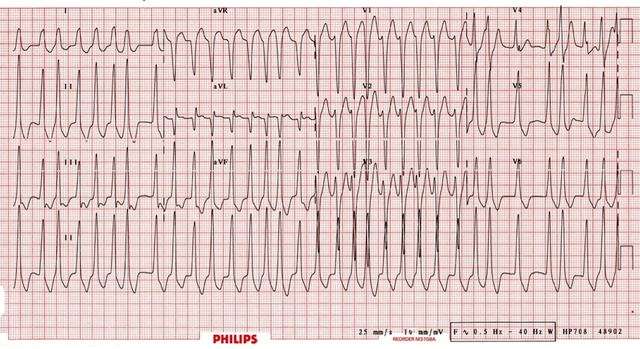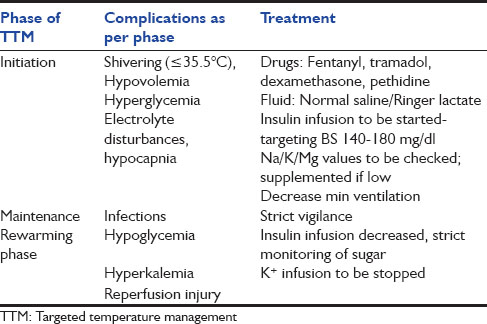Special thanks to Dr. Errel Khordipour for giving this amazing review and Dr. Anna Bona for taking meticulous notes during this talk!
TL;DR
PE carries an 8% 30-day mortality after diagnosis (some studies higher)
CTA has a very high false positive rate
Step 1: based on the patient's history and presentation, do you think the patient has a PE? If yes, proceed. If no, STOP
Read more below for nuances re: features that makes a patient risky for PE
Step 2: Using your clinical decision rules (Well's, Geneva, or clinical gestalt), is the patient low, medium, or high risk?
Low risk: PERC
Medium: D-dimer --> then CTA if positive
Age adjust your d-dimer if possible
High Risk: CTA
Step 3: Treat! (or don't treat!)
Unstable --> tPA and MICU
Stable --> get labs, echo
Labs abnormal or echo w/ RV strain --> heparin +/- half-tPA
Labs/echo normal --> determine the pt's PESI score
High --> heparin
Low --> lovenox and discharge
Subsegmental PEs in patients < 50 with stable vitals have a very low risk of adverse outcome
May consider discharging without anticoagulation if no DVT is present and there are no risk factors for recurrence
If the study is inadequate, refer to the d-dimer
If d-dimer positive, get bilateral lower extremity dopplers
Discharge if negative
If positive, consider anticoagulation based on risk factors and labs and f/u with PMD for repeat doppler in 3-7 days.
Interested? Let's get more specific!
Let’s consider a patient that rolls into your emergency department. They’re complaining of chest pain and shortness of breath. You’re working with a medical student and they list pulmonary embolism as a differential diagnosis. How do we risk stratify our patients using our decision making tools.
Background
First off, why do we care? First off, PE is a very much-feared missed diagnosis, which carries an 8% 30-day mortality** after diagnosis (this was much lower than I expected, to put this into context, hemorrhagic strokes carry a 25-40% mortality depending on your source and hip fractures carry a 4-10% mortality rate depending on your source).
**some studies show a 30% mortality, however those were autopsy studies, so it is unknown whether the patients died with a PE or as a result of a PE.
That being said, our testing methods are very much imperfect! The false positive rate on CTA for segmental PE is 25% and even scarier, the false positive rate for subsegmental PEs is 60%!! Not a great test! Plus, a CTA is not a benign test. Contrast can cause anaphylactoid reactions and lifetime risk of malignancy increases with each CT. Plus, once a patient is labeled as having a PE (even subsegmental), they’re much more likely to get scanned in the future.
So let’s talk about how we can determine who is high risk and who is low risk.
Step 1: Consider the patient’s presentation and history
Vital signs:
Risk Factors:
Prior VTE (PE/DVT): Was the last PE/DVT unprovoked or provoked? More concerning if the last PE/DVT was unprovoked (e.g. the patient was not immobilized for a long period of time). This does not change if testing for hypercoagulability was negative. If provoked, this is less concerning.
Malignancy History: Higher risk with active cancer. This either means active treatment within the last 6 months or metastatic disease. Chemotherapy patients are also more at risk. Not all malignancies are created equal, though! Your risk is even higher with pancreatic cancer, multiple myeloma, colon cancer, glioblastoma, and melanoma.
Immobility: certain types of immobility are higher risk than others! Examples: patients in casts, hospitalized trauma patients (others not at higher risk). Surgical patients are higher risk if they were intubated, received general anesthesia, or received an epidural (e.g. knee surgery, abdominal surgery, neurological surgery). Being in a continuous seated position for > 6 hours might be a risk factor.
OCPs: estrogen of any form increases risk (e.g. OCPs, estrogen replacement, intra-vaginal estrogen). For transgendered patients, more study is needed to determine increased risk.
Pregnancy: Highest risk 2 weeks postpartum. If a patient is pregnant and symptomatic, they have a 70% risk of PE.
Increased risk at age 50: Risk of PE perpetually increases with age.
Symptoms:
Chest pain: pleuritic chest pain suggest peripheral PE (65%)
Hemoptysis: more indicative of pulmonary hemorrhage, not infarct
Exertional Dyspnea: concerning! You do not need to have chest pain to have a PE!! There is a syndrome that consists of subacute dyspnea that gets worse over days that is predictive of central PE.
Calf pain/Calf swelling: unilateral calf pain (the symptom) and calf swelling (the physical exam finding) are both concerning.
Syncope: corresponds to a large clot burden, but syncope (likely does not confer an increased likelihood of PE)
Anticoagulation: if they are compliant with anticoagulation, they are less likely to have PE. While this is definitely true with NOACs, with Coumadin, it’s less certain because levels will vary regardless of compliance with medication. Symptoms that are not significant: orthopnea, palpitations, anxiety, dizziness
Physical Exam Findings:
Abnormal pulmonary exam - decreases likelihood of PE
Clinical signs of DVT - such as calf swelling, redness, etc. increases likelihood
STEP 1 (cont): Do you, based on the information above, feel that a PE is possible? Meaning, it is ABOVE the 2% threshold for PE.
Professional recommendation: if the patient has risk factors in 2 or more of the above categories (e.g. vital sign and risk factors, or risk factors and exam findings), and there is no alternative explanation for the patient's presentation, you can say adequately that you have suspicion for PE.
If you have less than a 2% clinical suspicion for PE, STOP. You do NOT think there is a PE and you do not evaluate further. I repeat - STOP! Evaluate for other suspected pathologies). ACEP Guidelines: 2% is an acceptable cutoff recognizing limitations of testing and risk of false positives (in latest NSTEMI guidelines) Now that you truly think your differential should include PE...
STEP 2: RISK STRATIFY
It doesn't matter if you use Well's Score vs. Geneva vs. Gestalt; all have been shown to be equal. Keep in mind these decision tools SHOULD NOT used to rule out. They are only to RISK STRATIFY. Meaning that you clinically have a suspicion of said disease before you use them. This means you should NEVER document "Well's score low, not likely PE".
High risk: get a CTA! May consider empiric heparin before or after CTA.
Moderate: D-dimer.
In general, you should use age adjusted cutoffs for patients > 50. The conversion depends on which unit you use.
FEU (fibrinogen unit, cutoff usually ~ 500): add the age x 10
DDU (d-dimer unit, cutoff usually ~ 250): add the age x 5
Low: PERC
STEP 3: Further Management
Ever get a reading that said "evaluation for sub-segmental suboptimal due to motion artifact? What do you do? (Only if vital signs are stable)
Get a d-dimer (if not already obtained)
Positive --> LE dopplers
Yes DVT: anticoagulate!
No DVT: discharge with or without anticoagulation based on risk factors and lab values; follow-up with PMD for repeat surveillance ultrasound in 3-7 days.
Negative --> Discharge
Now let's go over what you do if a PE is found...
Disposition: depends on if the patient is stable or unstable
Unstable: hypotensive, signs of shock, etc
Give tPa and admit to MICU
Stable: labs (BNP, troponin), echo
If the patient as abnormal labs or right heart strain, give heparin +/- half-dose tPA and admit to ICU/tele
If normal, determine the patient's PESI Score
High PESI score --> give heparin and admit to floor
Low PESI score --> give lovenox** and discharge
** There inadequate evidence and no FDA approval for NOACs at this time
Subsegmental PEs in patients < 50 with stable vitals have a very low risk of adverse outcome, so you may consider discharging without anticoagulation if no DVT is present and there are no risk factors for recurrence and have the patient f/u with PMD for surveillance of PE symptoms.








